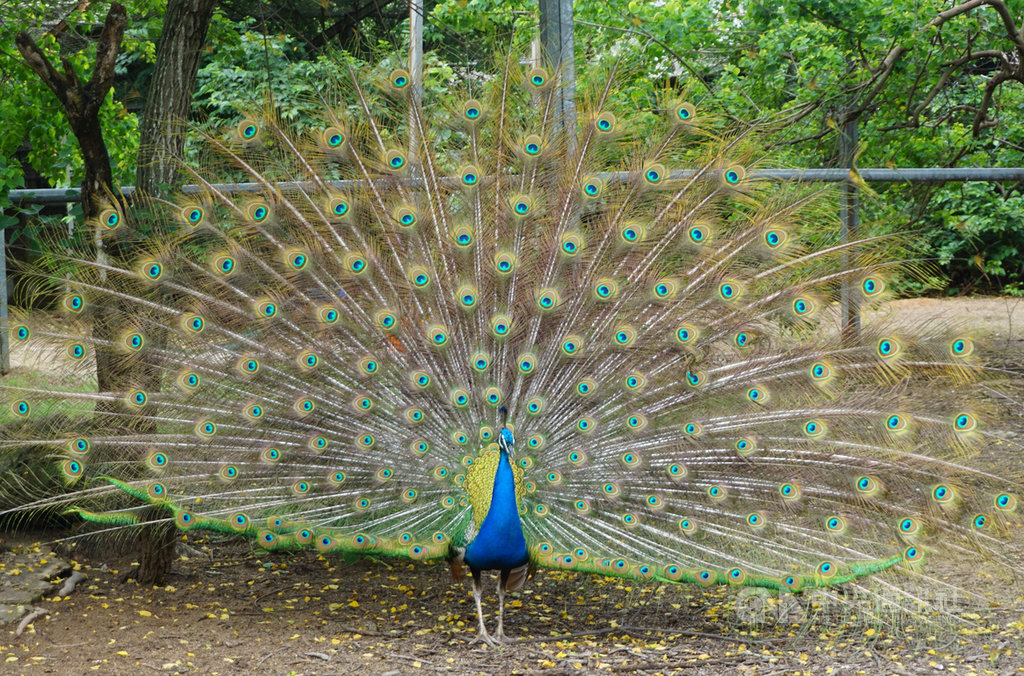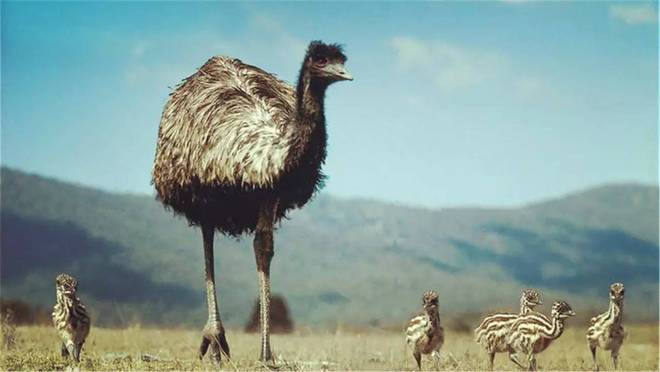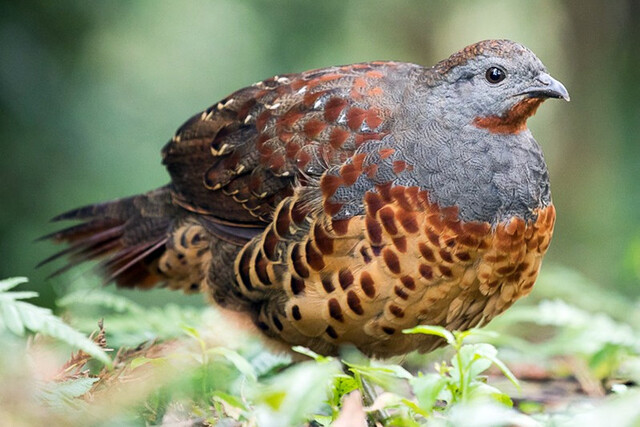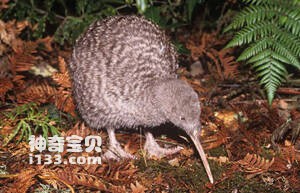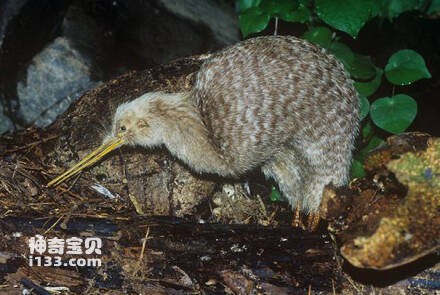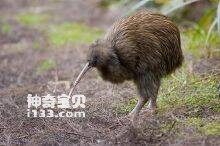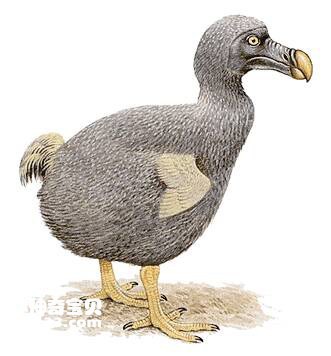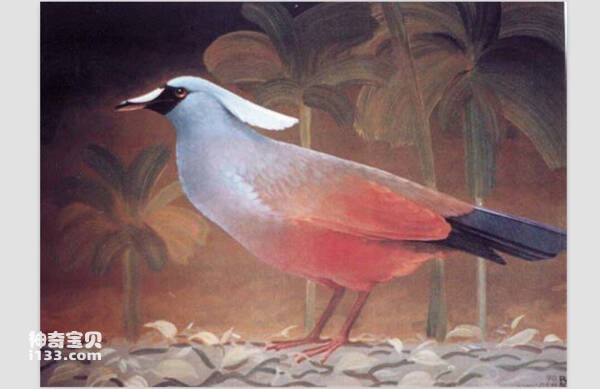Agelastes niger
IUCN
LCBasic Information
Scientific classification
- name:Agelastes niger
- Scientific Name:Agelastes niger,Black Guineafowl
- Outline:Landfowl
- Family:Gallinariformes Gallinariidae Gallinariformis
Vital signs
- length:40-43CM
- Weight:Around 700g
- lifetime:No textual research information is available
Feature
The bare head is pale yellow, and the neck shows pink skin
Distribution and Habitat
It is found in Angola, Cameroon, Central African Republic, Congo, Democratic Republic of Congo, Equatorial Guinea, Gabon and Nigeria.
It inhabits dense virgin rainforests and prefers dense undergrowth and forests.
Appearance
The chicken is 40-43 cm long and weighs 700 grams. The head and upper neck of the adult bird are without long feathers, the bare head is pale yellow, and the neck shows pink skin. There is a small section of soft feathers on the forehead and crown, and a layer of soft feathers on the throat and lower neck. The body and tail feathers are black, with some pale markings on the abdomen. Males have one to three spurs on their legs, while females have none or only one short spur. Juveniles are similar to adults, but their upper body feathers are spotted and their chest and abdomen are white and striped. Beak greenish-gray, legs grayish-brown. Males are usually slightly larger than females.
Details
The Black Guineafowl (scientific name: Agelastes niger) has no subspecies.
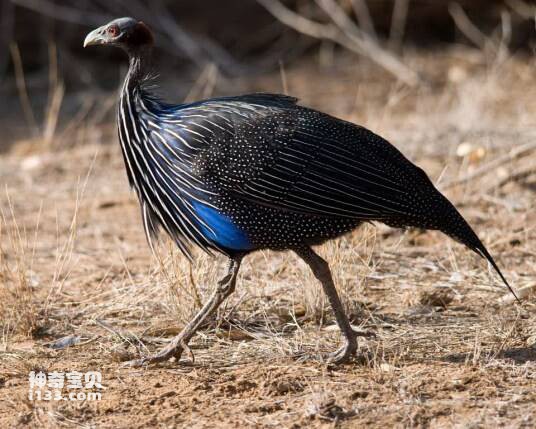
The chicken's diet is mainly insect-based, including beetles, ants and termites, and other invertebrates such as millipedes and small frogs. As well as plant seeds, berries and branches. The breeding habits of this species are unclear, but the eggs are reddish brown, sometimes with yellow or purple spots. It may breed at any time of the year or during the dry season.
Listed on the International Union for Conservation of Nature (IUCN) 2016 Red List of Threatened Species ver 3.1 - Not Threatened (LC).
Protect wild animals and eliminate wild meat.
Maintaining ecological balance is everyone's responsibility!

